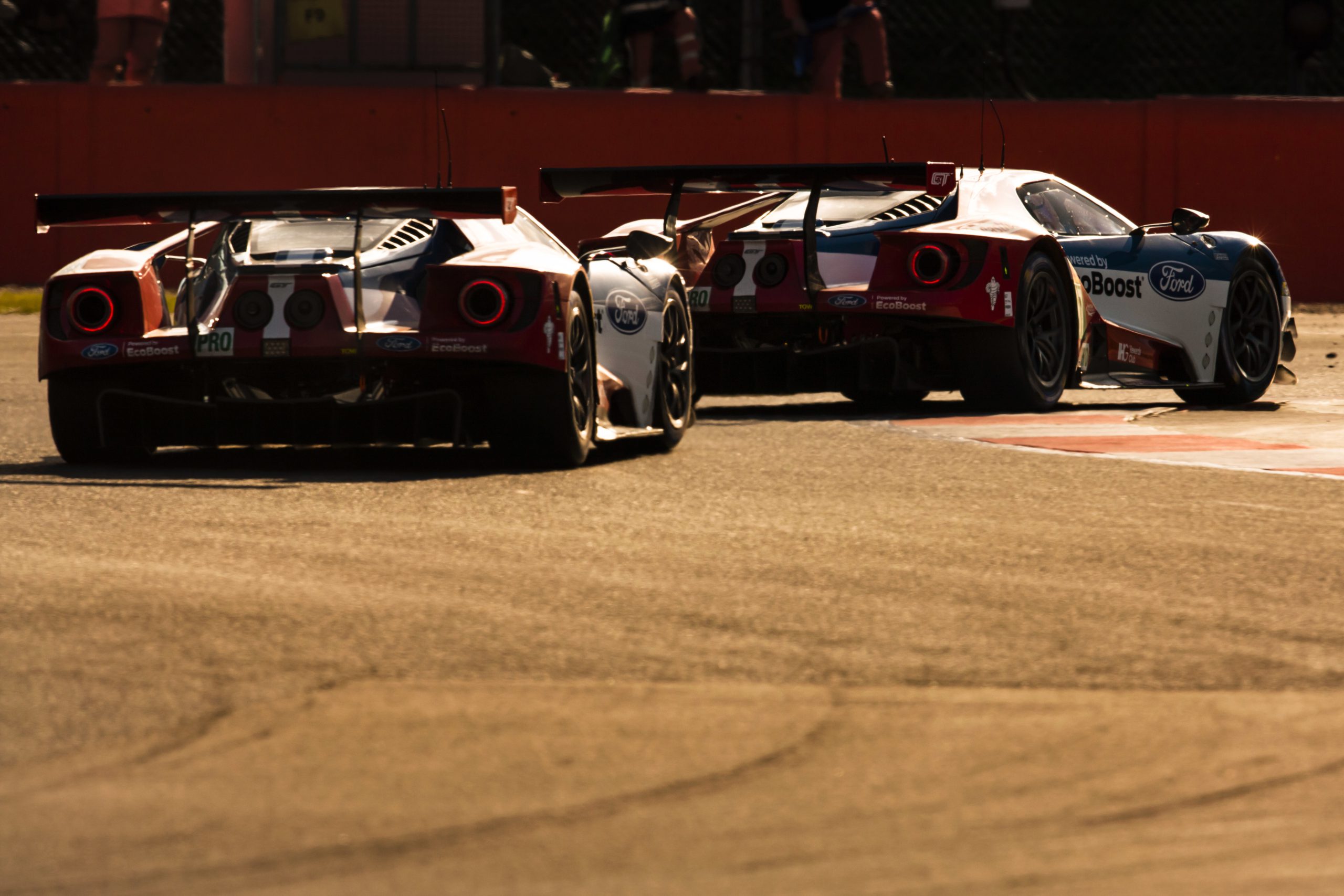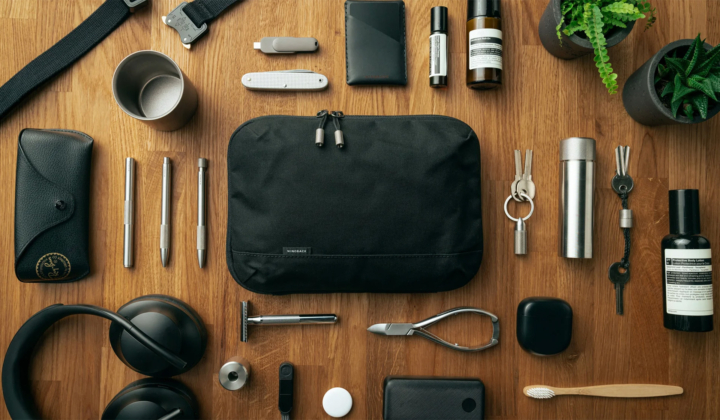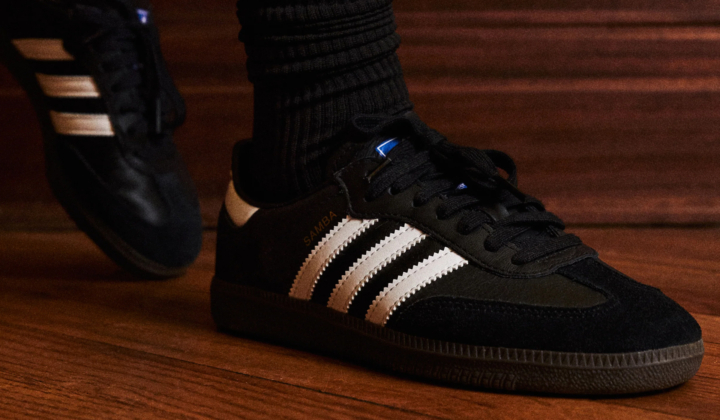Surviving 24 Hours of Le Mans with Harry Tincknell of Ford Racing
Harry Tincknell might only be 24 years of age but in March 2016 he earned the honour of becoming a factory driver for Ford Racing in the FIA WEC and also for the highly anticipated and prestigious 24 Hours of Le Mans. Ahead of the race this weekend we caught up with Harry to learn what it takes to be an endurance racer, and of course a bit more about the man behind the wheel of the Ford car.

CB: What are the physiological demands of racing at 24-hour Le Mans?
HT: Doing anything for 24 hours is tough and clearly at some point you are going to get fatigued and tired. In our sport it is not so much physical fatigue but mental fatigue, and you really don’t want that at 200mph! Inside the car it can get very hot and our average heart rate is around 130bpm. Cockpit temperatures can get up to 40 degrees, so it would be the equivalent of a three hour steady jog in a sauna with all your fireproof overalls and helmet on. There are three drivers per car and we all do between 2-4 hours at a time on the track, so it’s key to stay rested and recover when you are not in the car. We have a human performance manager and a team of physiotherapists that care for our every need when we get out of the car and build us back up before we get in to drive. We’ll have a massage, get changed into some clean clothes and have a healthy dinner. They will then literally put us to bed and wake us up about 50 minutes before we are due back in the car. From there we’ll get into our kit, do a physical and mental warm up and stretches, receive our final instructions from the engineers who are running the car, then get in and drive. 24 hours later hopefully we cross the finish line in 1st!

CB: It’s well documented in F1 that fitness is a key component to success, and we are assuming it’s similar in endurance racing. What kind of fitness training do you do in a typical week?
HT: I’ll do two to three days a week at Pro Performance based down near Gatwick which is a specialised gym designed for racing drivers. I’ll spend about 2.5 hours there per session and we will really focus on the unique demands a racing driver faces. We spend a lot of time on cardio, strength and core exercises. Another area we pay very careful attention to is the neck, Pro Performance have designed their own neck weight machines in the gym because our necks are subjected to up to 4G (around 20 kilos of pressure) in heavy cornering and braking zones so our necks need to be much stronger than the average person. We have to train like middleweight boxers who are very lean and strong but weigh as little as possible because any extra weight has to be carried in the car with us, and when the team is are spending millions of pounds a year on the lightest weight materials they are not too happy if we turn up 5kg overweight to a race! Because of this, we tend to do lower weight, higher rep exercise sets and do more body weight based exercises rather lifting heavy weights. It can feel quite cramped in a racing car when you spend up to 4 hours at a time racing round a circuit and we always end each session with a long stretch and are constantly working on our flexibility.

CB: How do you maintain mental focus for such a long period of time during a race?
HT: I try and turn up to the race as fresh as I can possibly be because it is a very draining week before you even get to the race. We have a lot of media commitments, autograph sessions and practice and qualifying before you even get to the race itself, and it is very easy to wake up on the Saturday morning feeling tired. I have a mental warm up that I do before I get in the car and this always involves running through the track in my head in real time, visualising each corner, each braking marker and apex point. I find this really helps me get up to speed quickly as soon as I hit the track for real. Once in the race I always find the best place to be mentally is where you are not thinking about anything, just driving; totally in the zone. If I feel myself start to come out of this zone and my mind starts thinking then I try to focus on the next braking marker, whether that be a 100m board, a line on the track or a tree on the side of the road, once I’ve got there and braked I then focus on the apex point, the point where I am closest to the inside of the corner, and once I reach that I focus on the exit point, the area where the car will run widest. I find if I start doing that for a couple of laps I forget about anything else and slip back into the zone of just driving, where you perform your best.

CB: How does a typical day shape up food and drink wise for you?
HT: I’ll usually start the day with cereal or porridge and some fresh fruit, and I try to take about a litre of water on board. I’ll usually have a snack at about half 10/11 like Ryvita with cashew butter or an energy bar. For lunch I like to eat more carbs before training in the afternoon so I usually have a pasta, rice or baked potato based dish with some protein, salad and vegetables. After training I’ll usually have a protein recovery shake and an apple or orange to snack on. In the evenings I try to keep it quite light to avoid that heavy, bloated feeling, and usually go for some fish (Seabass is my favourite) and lots of vegetables. I try and take on 2/3 litres of water throughout the day and I drink an SIS electrolyte drink when I am training. If there’s an opportunity to grab some freshly squeezed orange juice or a healthy smoothie I won’t be too far away from that either!

CB: How many hours per week do you spend practicing in the car?
HT: Motorsport is quite a unique sport because it is not something you can practice everyday. The cars are very expensive to run and take a lot of preparation before they are ready to race on the track. In the build up to Le Mans we are averaging 1/2 days a week of practice in the car. This may equate to about 4 hours per driver of actual driving. Away from the track there is a lot of other preparation that goes on before we turn up to practice or race. Aside from the 1.5/2 hours a day in the gym, we spend time on a simulator with real time car features and the tracks we race on programmed into it. The simulator is so advanced we can hone our driving skills and also try different settings on the car, any gains we find are very closely replicated in real life. Add this in and it’s more like 7/8 hours a week.

CB: Out of the car and away from motorsport, how do you relax?
HT: I am a big fan of all sports and enjoy watching and playing a lot of them. I am good friends with Justin Pipe, top 10 in the world at darts and Mark Williams, a two time world snooker champion and I like to go and watch them perform when I can. My family also has long history in the horse racing industry and have bred and owned horses for a number of years. I see Le Mans as the greatest test of man and car and horse racing as the greatest test of man and animal so there are a lot of parallels, you’ll find me at a race course up to 20 times a year. Away from all of that I like to play golf, eat out at nice restaurants, explore new places when I am away travelling and go back to Devon where I was brought up.

CB: In terms of fashion, do you have any favourite brands for smart and or casual?
HT: My girlfriend works for Burberry so I am lucky because I have a big collection of Burberry products, smart and casual at a very good discount! They’re a quality British brand and I love their style. Hugo Boss is a brand that has been involved with motorsport for many years and I think their suits are super sharp and I have a lot of their shirts too. I have quite a few pairs of Armani Jeans and chinos and their fit seems to suit my reasonably slender build. I have been lucky to have raced with some teams that have had sponsorship deals with fashion and accessory brands over the years. When I was with Nissan they were sponsored by Tag Heuer so I have a Tag Monaco watch and when I won Le Mans in 2014 the team I was with at the time had a deal with London based sunglass company Eye Respect, so I have a lot of pairs of them at home too!

CB: Can you list your typical skincare and grooming routine? Do you have any favourite brands?
HT: I don’t look after my skin as much as I should, I need to get into a habit of doing it more. If I am honest I always use the excuse that I am constantly on the road and therefore never have time to go through everything properly. I have a Clinque shaving kit and aftershave that comes everywhere with me in my wash bag. I have a natural quiff in my hair so I blow dry that and use a matt clay product to give it some shape.

CB: If you could give us one piece of advice, motorsport related or not- what would it be?
HT: You only get out what you put in. It sounds a bit cliche, but I have really found that the harder you work, the more dedicated you are to making whatever you want to achieve a success, and having a never say die attitude are the keys to achieving whatever you want achieve in life.
We’d like to thank Harry for his time, and of course wish him the best of luck in the 2016 Le Mans 24 Hours.







